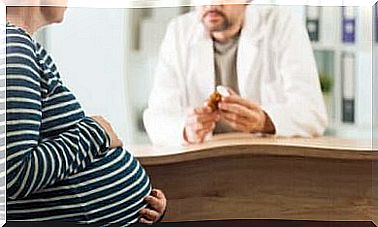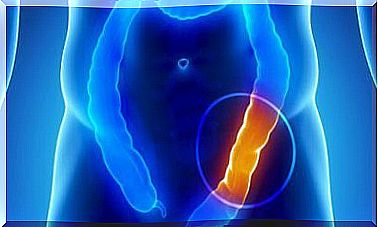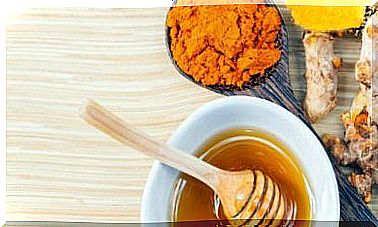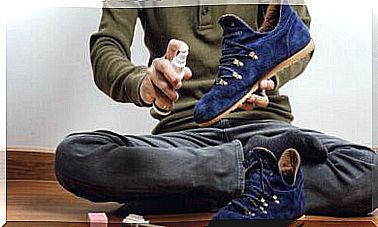Pneumonia: Symptoms And Treatment
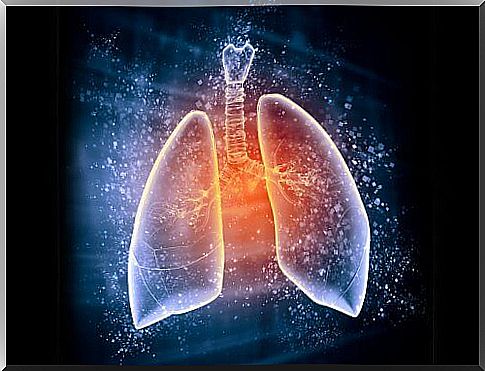
Have you ever had pneumonia? If so, you probably know how serious the condition can be and how important it is to recognize the symptoms. When it comes to children and the elderly, we must be extra careful, as pneumonia that occurs in these groups can have serious consequences.
As mentioned earlier, your doctor should always decide what kind of treatment you should go through, but we have gathered some tips on what you can do to feel better. Your health deserves it!
Why do we get pneumonia?
Pneumonia is a very common disease, and you probably already know many who have had it in their lifetime. The disease is very common among the elderly, and in this group pneumonia is also more risky because our immune system weakens with age. This is important to keep in mind.
Pneumonia is an infection of the lungs that occurs when a group of microorganisms attacks the lung tissue and creates an inflammation. It can be viruses, bacteria, fungi or the most common group of bacteria: pneumococci. Here is a more simplified example that hopefully clarifies a bit:
- Our pharynx has a natural protection mechanism that prevents bacteria from reaching our lungs on a daily basis. The first thing the body does to drive out these bacteria is cough. Furthermore, we have a group of cells that make us immune and protect us from these ‘enemies’ on the outside of the body.
- But what happens when we get pneumonia? If we have a weak immune system in the first place, the bacteria use this situation to get down the throat and make us sick.
- Another probable reason why pneumonia creeps in is that you smoke, have diabetes or have problems with your lungs or kidneys. In these cases, the immune system is often even weaker, making you more vulnerable to all types of bacteria.
What are the most common symptoms of pneumonia?

First of all, we should keep in mind that the symptoms of pneumonia vary greatly. Here are two main types of pneumonia:
- Typical pneumonia: This type of pneumonia is usually noticed immediately, or within two to three days. It is common to feel very tired, with pain in the chest that feels like the chest is being pushed down and preventing the air from coming in, resulting in heavy breathing. Intense coughing is also common, and often involves expectoration of mucus. You will definitely also have a fever and feel frozen.
- Atypical pneumonia: This type of pneumonia involves more complex symptoms that make it easy to misunderstand and believe that it is about other diseases. These symptoms include headache, muscle aches, dry cough (without mucus, unlike the typical pneumonia). The patient will feel tired and tired, but will not have as strong chest pain.
These symptoms are therefore quite characteristic. If you experience palpitations, dizziness or loss of consciousness, this may indicate something much more serious. Very high fever can also indicate something more serious, so it is important to take a trip to the doctor if you are worried or unsure. And remember: take extra care of the children and the elderly.
What can I do at home?
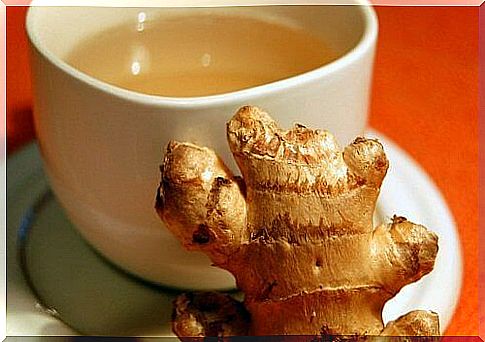
As mentioned earlier in this article , your doctor should always be the one to decide what kind of treatment you should undergo. Sometimes only simple medication is needed to cure the disease, while in other more serious cases the patient has to be hospitalized. But do not worry too much about this, it usually goes well, as long as the patient is not too old and weak in the first place.
In the meantime, you can follow these tips to feel better without having to leave the house:
1. Hot bath
A warm bath cleanses the lungs and soothes swelling. The hot steam from the water dissolves mucus in the throat and opens up the airways, and you can thus remove some of the discomfort.
Fill the bath with water, then add a cup (200 grams) of sea salt and two glasses of hydrogen peroxide (about 400 ml). Lie down in the bath and relax, breathe normally to inhale the steam. Stay in the bath for about 20 minutes, and repeat once a day.
2. Ginger
You probably have some ginger lying around at home, and you probably also know about the root’s medicinal properties, among other things that it reduces swelling and cures various diseases. Ginger root is also a natural antibiotic and has a calming effect without side effects. So remember to get about two cups of ginger every day.
Curing onions and garlic for pneumonia
This medicine does not taste very good and can possibly also result in a little bad breath, but we can assure you that the combination of onion and garlic is an incredibly effective cure for pneumonia. Not only does it soothe swelling and help with nausea, it is also a natural antibiotic available to everyone. It is also very easy to prepare.
- Cut up two cloves of garlic and 50 grams of onion.
- Finely chop everything and add a cup of water. You can also add a spoonful of honey.
- Mix everything and drink it in the morning. You will be amazed at how effective this cure is.
4. Carrot juice
Try this simple carrot juice cure before dinner. The carrot is a vegetable that strengthens the lungs in addition to supplying the antioxidants you string to repair damaged tissue. In addition, it is rich in vitamin A, calcium, iron, magnesium, potassium, phosphorus and B vitamins. Make a smoothie with two carrots and a glass of water. It’s super easy!


